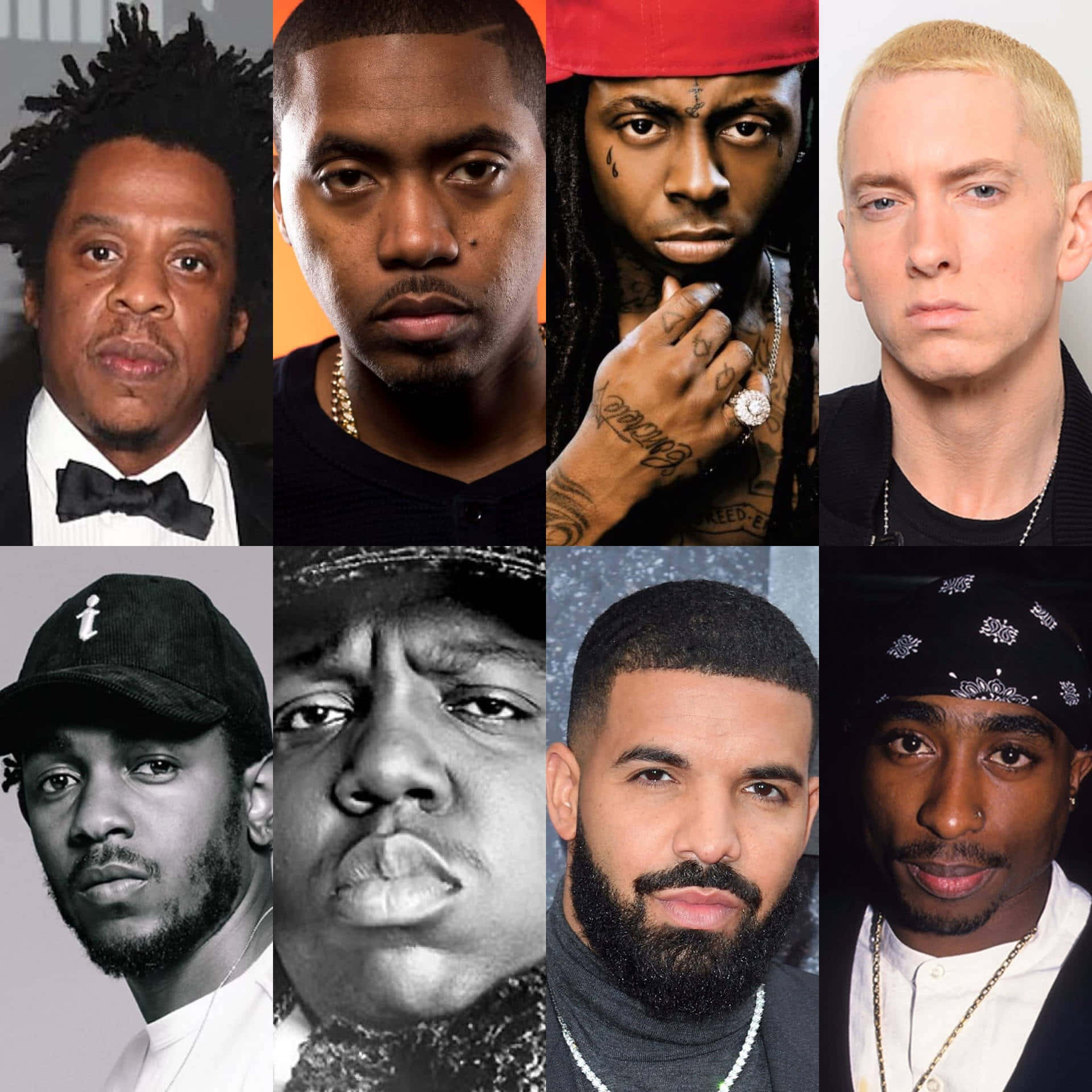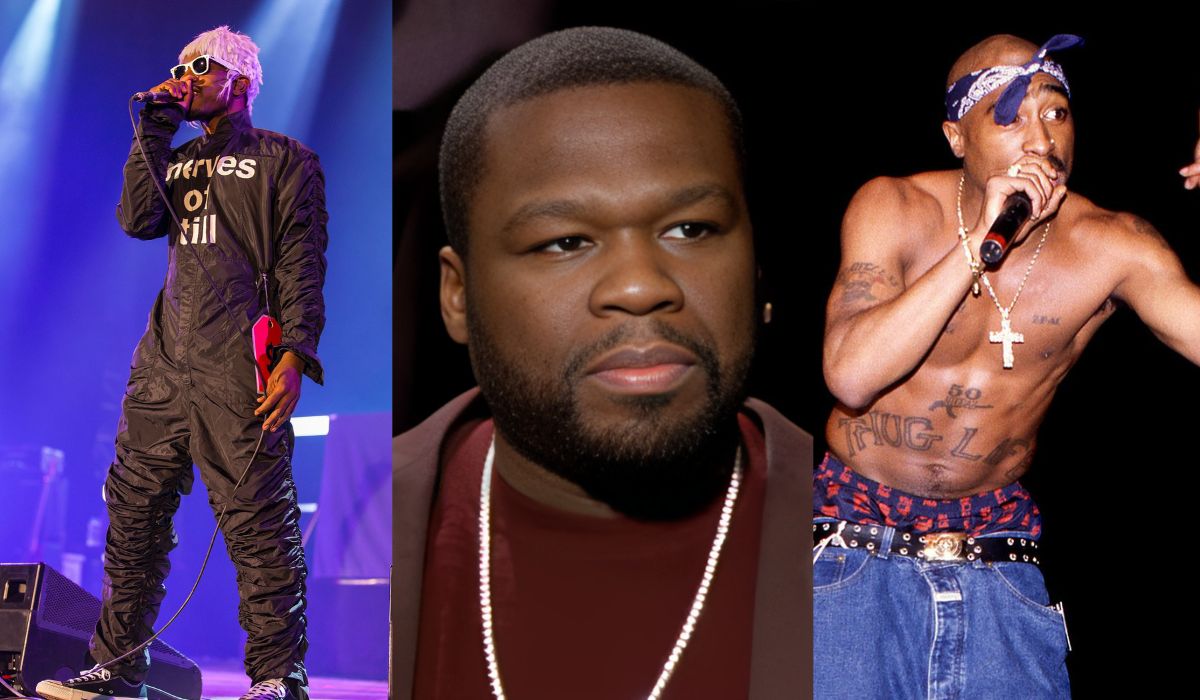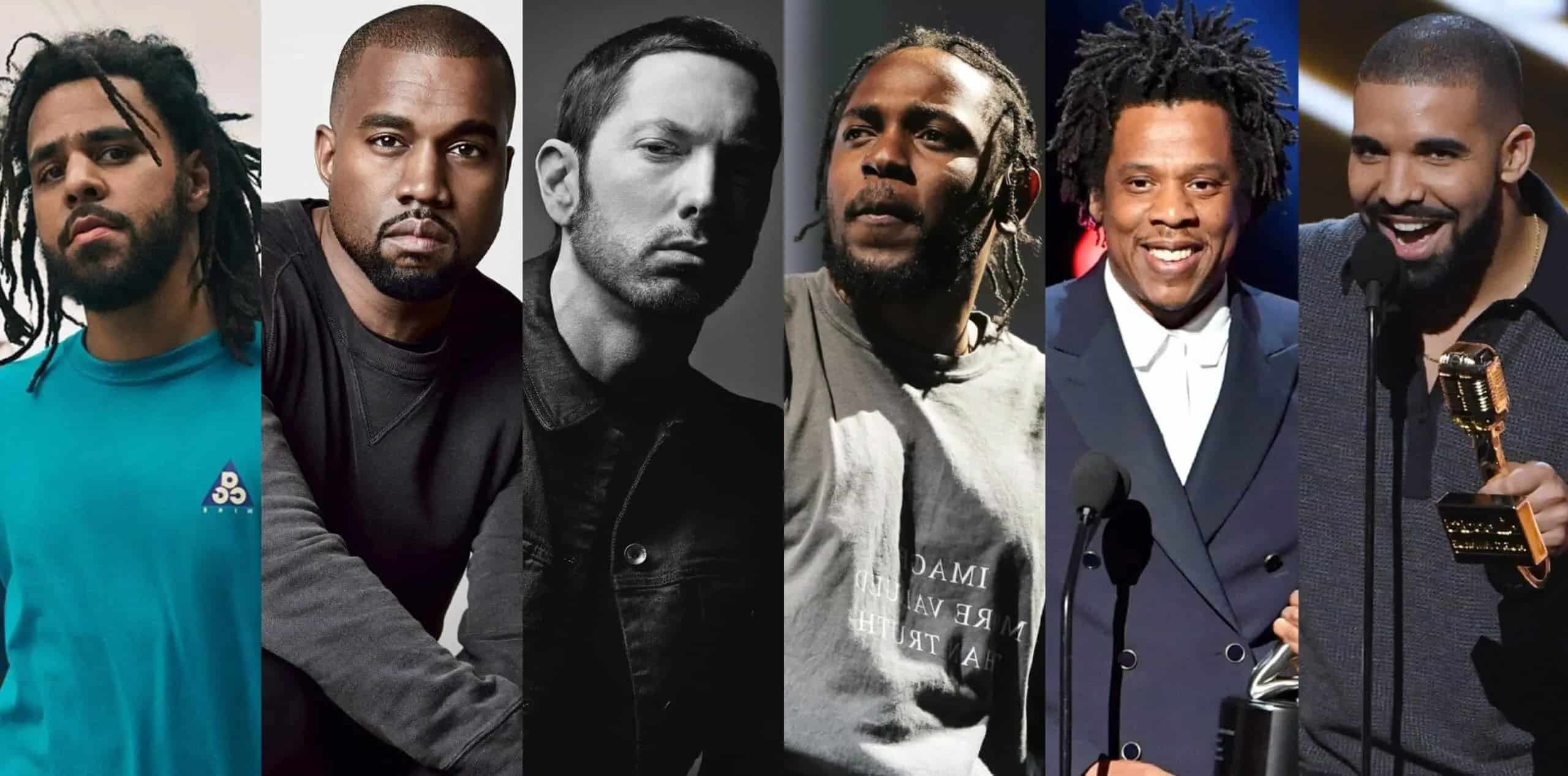The 1980s brought forth a sound that changed everything, a fresh voice from the streets that began to capture ears across the globe. This era, in a way, laid down the very groundwork for what hip hop would grow to be, shaping its rhythm and its spirit for generations to follow. It was a time when artists, with their unique ways of speaking and their sharp observations, truly made their mark.
Before the internet made it simple to hear new music from anywhere, these early verbal artists had to really work to get their messages out. Their songs, you know, often told tales of city life, struggles, and triumphs, giving a voice to people who felt unheard. It was a period of raw creation, where every beat and every word felt like a genuine piece of something brand new.
So, we are going to spend some time looking at the pioneers who stepped up during those years. We will explore how they crafted their distinct styles, how they pushed the boundaries of music, and why their contributions still feel so important today. It's about remembering the people who truly started something special.
- Family Picture Quote
- Neil Obrien Conan Brother
- Td Jakes Sickness
- Gnx Kendrick Lamar Lyrics
- Dr Pol Ending
Table of Contents
- The Genesis of a Sound
- Who Were the Trailblazers of 80s Rap?
- Run-DMC - A Look at Their Impact
- How Did Rappers of the 1980s Change Music?
- What Made the Sound of 80s Rap Unique?
- Beyond the Music - The Cultural Reach of 80s Rappers
- Why Do We Still Talk About Rappers of the 1980s Today?
The Genesis of a Sound
The 1980s saw hip hop move from a local party sound to a force that would be felt everywhere. It began in the Bronx, of course, with block parties and DJs spinning records, but it was the addition of a voice, someone speaking over the beats, that truly started this new form of expression. This was where the very idea of a rapper, someone telling stories or boasting in rhyme, really took hold.
Early recordings, like "Rapper's Delight," showed the world what this new sound was all about. It was playful, it was clever, and it made people move. These first steps were pretty basic, just a few words over a beat, yet they carried a spark that would soon light a much bigger fire. You could say, that, this was the moment when the verbal artist began to find a place in the music scene.
The sound itself was raw, built on drum machine beats and sampled bits of other songs. It wasn't polished like pop music, and that was part of its appeal. It felt real, a bit gritty, and truly from the street. This kind of sound, you know, spoke to many people who were looking for something different, something that reflected their own experiences.
- Nfl Decibel Record
- Mirror Selfies On Instagram
- How To Make Human In Little Alchemy
- Al Green Net Worth 2024
- Young Dolph Net Worth At Death
Who Were the Trailblazers of 80s Rap?
A handful of groups and individual artists truly made waves during the 1980s, setting the pace for everyone who came after. Names like Run-DMC, LL Cool J, and Public Enemy quickly come to mind, each bringing their own distinct feel to the growing art form. These folks, very, very much shaped what rap would become, from its sound to its look.
Run-DMC, for example, broke down so many barriers. They were the first rap group to have a gold album, then a platinum one, and even appear on MTV. They showed that rap music was not just a passing trend but a serious kind of art that could stand alongside rock and pop. Their approach, in some respects, was simple yet powerful, using hard beats and clear, strong voices.
Other artists, like Rakim, brought a whole new level of lyrical skill, showing how words could be put together in complex, clever ways. Public Enemy used their platform to talk about important social issues, making their music a voice for change. And Salt-N-Pepa proved that women could be just as powerful and influential in this male-dominated field. They were, basically, all pushing the boundaries in their own ways.
The Iconic Style of rappers of the 1980s
The visual look of rappers from the 1980s was just as important as their sound, helping to create a whole new kind of cool. Think about the tracksuits, the gold chains, the sneakers without laces, and the bucket hats. This was more than just clothing; it was a statement, a way of showing where you came from and what you stood for. It was, kind of, a uniform for a new cultural movement.
Run-DMC, again, were leaders in this area, making Adidas sneakers and black fedora hats a signature part of their identity. This kind of style was picked up by young people everywhere, making hip hop not just something you listened to, but something you lived and looked like. It was, you know, a very direct way to express yourself.
The way these artists presented themselves on stage and in their music videos helped to spread their message even further. They looked confident, a bit tough, and completely authentic. This visual presence, I mean, truly helped to cement their place in popular culture, making them icons in every sense of the word.
Run-DMC - A Look at Their Impact
Run-DMC, made up of Joseph "Run" Simmons, Darryl "DMC" McDaniels, and Jason "Jam Master Jay" Mizell, really changed the game. They came out of Hollis, Queens, and brought a raw, rock-influenced sound that caught everyone's attention. Their music was loud, clear, and totally different from what people were used to hearing from rap groups. They were, simply put, trailblazers.
| Detail | Information |
|---|---|
| Members | Joseph "Run" Simmons, Darryl "DMC" McDaniels, Jason "Jam Master Jay" Mizell |
| Origin | Hollis, Queens, New York City |
| Active Years (Key) | 1983-2002 (as a group) |
| Notable Albums | Run-DMC (1984), King of Rock (1985), Raising Hell (1986) |
| Key Achievements | First rap group with a gold album, first with a platinum album, first to appear on MTV, first to be nominated for a Grammy, first to appear on the cover of Rolling Stone magazine. |
| Signature Look | Black fedora hats, Adidas tracksuits, unlaced Adidas sneakers, thick gold chains. |
Their album "Raising Hell" was a massive success, showing that rap music could sell millions of copies and appeal to a very wide audience. The song "Walk This Way" with Aerosmith was a huge moment, bringing rock and hip hop together in a way that had never been done before. This collaboration, like your, favorite unexpected mix, proved that music styles could blend and create something even bigger.
Run-DMC's influence went beyond just music. They showed that rap artists could be fashion leaders, business people, and cultural icons. They paved the way for future generations of rappers to find mainstream success without losing their street credibility. Their legacy, you know, is still felt strongly today in the way rap music is made and received.
How Did Rappers of the 1980s Change Music?
The arrival of rappers in the 1980s truly shook up the music scene, bringing a fresh sound and a different kind of energy. Before them, pop and rock dominated the airwaves, but these new artists showed that spoken word over beats could be just as compelling, if not more so. They introduced a storytelling approach that was very different from traditional singing. It was, literally, a new way to make sound.
They pushed record labels to take hip hop seriously, opening doors for countless artists who followed. The music itself became a place for social commentary, for talking about real issues that affected people's lives. This was a big shift from much of the lighter pop music of the time. They were, basically, giving a voice to a lot of things that needed to be said.
The use of sampling also changed how music was made. Artists would take bits of old songs and create something completely new, a kind of musical collage. This approach, you know, was a creative way to build beats and sounds, and it became a signature part of hip hop's sound, influencing producers for years to come.
The Lyrical Prowess of rappers of the 1980s
The words, the rhymes, the way rappers put sentences together in the 1980s were a big part of their power. Artists like Rakim and KRS-One showed a mastery of language, crafting rhymes that were intricate and smart. They weren't just saying words; they were building puzzles with them, telling stories, and making sharp observations about the world around them. It was, sort of, like a new kind of poetry.
Some rappers had a way of speaking that made them stand out, even a unique little quirk in their voice, like a slight lisp, which some people found really appealing. It made them sound unique, giving their delivery a special touch that helped listeners remember them. This kind of individual vocal quality, you know, added another layer to their distinct style, making their performances feel even more personal.
The best of these artists used their words to paint vivid pictures, whether they were talking about everyday life in the city, the challenges of growing up, or bigger political ideas. Their skill with words was a key reason why their music connected so deeply with people. They were, honestly, masters of their craft, using language in a very fresh and powerful way.
What Made the Sound of 80s Rap Unique?
The distinct sound of 1980s rap was a mix of a few key things: the beats, the samples, and the way the artists used their voices. Drum machines like the Roland TR-808 became central, providing those deep, booming bass lines and sharp snare sounds that defined the era. This sound, you know, was different from anything else in music at the time, giving hip hop its own sonic identity.
Sampling, as mentioned before, was a huge part of it. Producers would dig through old records, pulling out short musical bits – a horn blast here, a drum break there – and looping them to create entirely new backdrops for the rappers. This creative process, kind of, gave the music a layered, textured feel, making each track a unique sonic collage.
Then there was the vocal delivery itself. Rappers developed a range of styles, from the booming, confident voices of Run-DMC to the more intricate, conversational flows of artists like Rakim. Each artist had their own way of riding the beat, their own rhythm and cadence, which made listening to them a fresh experience every time. It was, actually, about finding your own voice within the sound.
The Authentic Voices of rappers of the 1980s
A big part of what made rappers of the 1980s so compelling was their sense of being real, of speaking from a place of genuine experience. They weren't trying to be something they weren't; they were telling stories from their lives, from their neighborhoods, and that came across very clearly in their music. This realness, you know, resonated deeply with listeners.
Their voices often carried the grit of the streets, a raw quality that felt honest and direct. Whether it was the strong, clear delivery of LL Cool J or the more politically charged messages from Public Enemy, you could feel the truth in what they were saying. This sincerity, I mean, was a major draw, making their words feel important and trustworthy.
Many of these artists spoke about the struggles and joys of everyday life, about fitting in or standing out, and about finding your way in the world. This kind of open sharing, you know, helped people connect with the music on a very personal level. It was about hearing someone sound like they really meant what they were saying, and that was a powerful thing.
Beyond the Music - The Cultural Reach of 80s Rappers
The influence of 1980s rappers stretched far beyond just the songs they put out. They sparked changes in fashion, in how people talked, and even in how young people saw the world. Their style, with those bold clothes and accessories, became a look that many wanted to copy. It was, just a little, a new kind of cool that swept through cities and towns.
The language they used, the slang and the clever phrases, started showing up in everyday conversations. Words and expressions that began in rap songs became part of how people communicated, showing how deeply this music was getting into the fabric of society. It was, sort of, like they were creating a whole new dictionary for a generation.
More than that, these artists gave a voice to social issues and helped to shape a sense of identity for many young people, especially in urban areas. They talked about things that mattered, and that made their music a powerful force for change and self-expression. Their impact, honestly, was felt in schools, on the streets, and in homes across the country.
The Lasting Echoes of rappers of the 1980s
Even today, you can hear the lasting echoes of the 1980s rappers in the music being made now. The beats, the lyrical styles, the very idea of what a rapper is – much of it has roots in that foundational decade. Artists still draw inspiration from those early sounds and the fearless spirit of those pioneers. It's, truly, a testament to their enduring influence.
Their songs are still played, sampled, and talked about, showing how timeless their contributions truly are. They built something that has continued to grow and change, but the core ideas they established remain. They proved that hip hop was not a fleeting moment but a lasting cultural force. Their work, you know, continues to shape what we hear and see in music.
The attitudes, the confidence, and the storytelling approach that these artists brought to the table continue to inspire new generations of verbal artists. They showed that you could be successful while staying true to yourself and your background. This sense of authenticity, I mean, is something that still matters a great deal in music today.
Why Do We Still Talk About Rappers of the 1980s Today?
We continue to talk about rappers from the 1980s because they truly set the stage for everything that came after. They were the ones who took a new sound and turned it into a global phenomenon. Without their boldness and creativity, hip hop as we know it simply would not exist. They were, more or less, the architects of a whole new musical house.
Their music holds up, too. Even decades later, the beats hit hard, the rhymes are clever, and the messages still feel important. There's a raw energy to those early recordings that many listeners still find incredibly appealing. It's, pretty much, a classic sound that doesn't get old.
They showed the world that rap was a serious art form, capable of telling powerful stories, making people think, and moving crowds. Their achievements opened doors for countless artists, proving that this music could be commercially successful while still being true to its roots. Their legacy, you know, is the very foundation upon which modern hip hop stands, making them forever a part of music history.
The journey of rappers in the 1980s truly marks a special time in music history. These artists, with their unique sounds and powerful messages, laid down the very first bricks for hip hop's massive structure. They showed the world what was possible with just a microphone and a beat, changing how music was made and heard forever. Their influence, from the way they dressed to the words they spoke, continues to shape culture today. We looked at how they broke new ground, how their music moved from local gatherings to global stages, and why their contributions are still so important to the story of music. These verbal artists from the eighties truly built something lasting, and their impact is still felt everywhere.
- Ana Navarro Flores
- Best Us Hockey Players Of All Time
- Making Love Pov
- Al Green Net Worth 2024
- Lyrics About Forbidden Love


